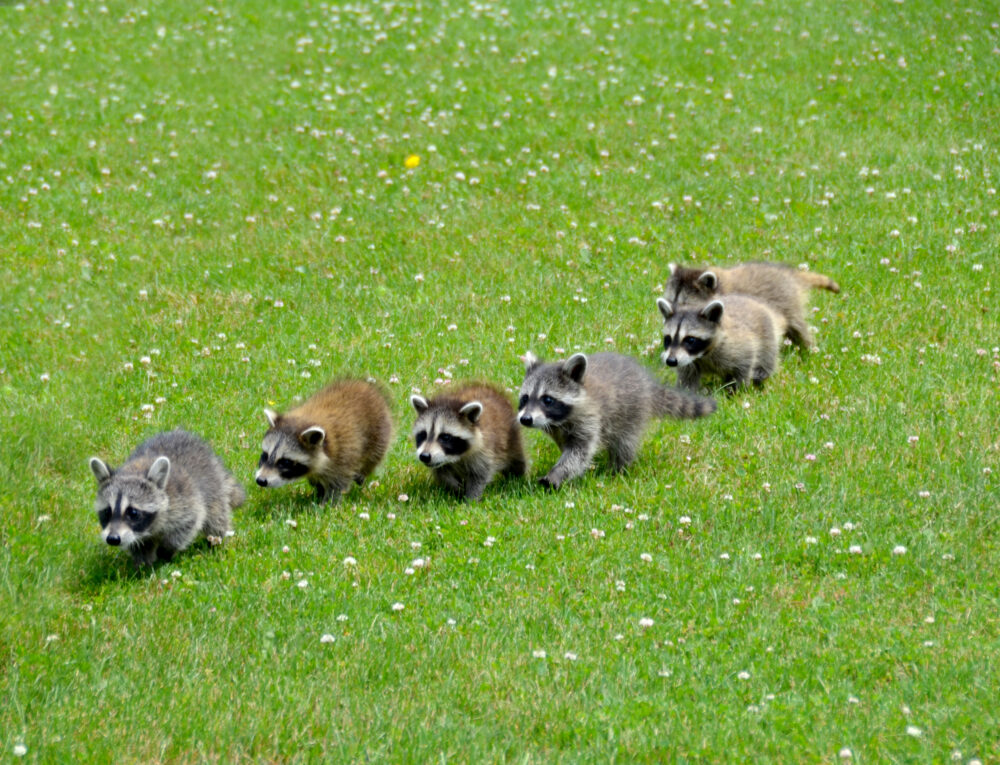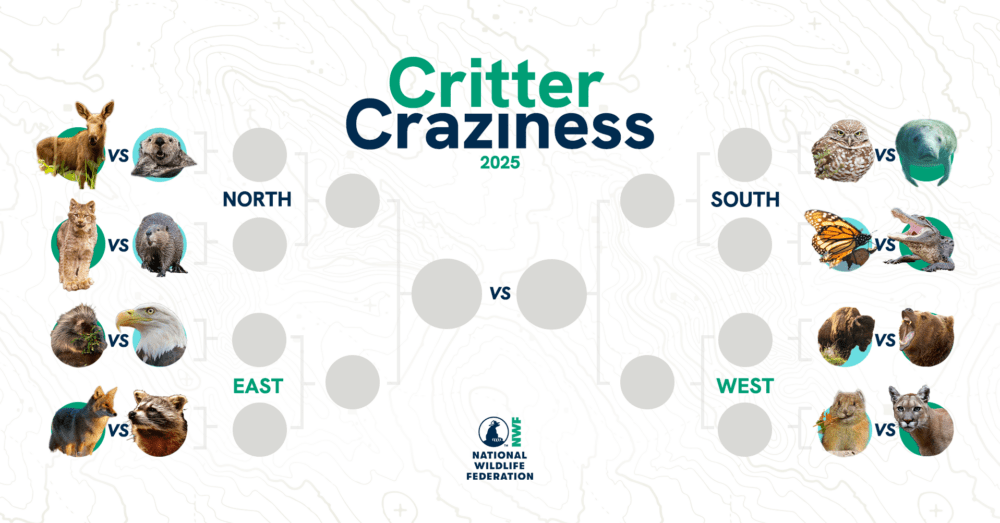We have much more to do and your continued support is needed now more than ever.
Valentine’s Day: Some Animals Really Have Heart
Valentine’s Day is the traditional holiday for giving away hearts.
But how does a healthy human heart—a hollow ball of muscle about the size of a clenched fist that beats around 72 times a minute when at rest, pumping the body’s 8 to 12 pints of blood (depending on age, gender and size)—stack up against other hearts in the Animal Kingdom? Would you be offering your loved one something far more exceptional if, for example, you were a blue whale? Or a cheetah?
Let’s take a quick look at some alternatives to Valentine’s Day’s favorite human organ.

Hummingbird hearts, depending on species, beat in excess of 1,000 times a minute. This rapid beat keeps blood flowing to the wings, which, in the fastest, smallest hummers, can hit around 100 beats per second (6,000 per minute; don’t try this with your arms). The energy required for this feat comes from a steady diet of insects, spiders and—most of all—flower nectar, of which the birds eat in excess of their body weight daily. To save energy at night or when food is scarce, hummingbirds sleep deeply, a form of torpor during which the heart rate slows to a paltry 50 to 180 beats a minutes.
The hearts of some shrew species—among which is the smallest known mammal (the pygmy shrew; it can fit on your thumbnail, if you’re an adult)—purr along at around 1,300 beats per minute. Shrew metabolism is so high that some shrews eat about three times their body weight every day (which means they sleep only a few minutes at a time) and starve to death after an hour without food.
The blue whale—which probably grows in excess of 100 feet long and 150 tons, making it the largest animal that ever lived—has, as you might imagine, a lotta heart. In fact, about 1,300 pounds of heart, an organ in which you could park a small car. This mass of muscle pumps the whale’s estimated 7 tons of blood—roughly 40 percent greater than the weight of an adult African elephant—through an aorta more than 9 inches in diameter, but it beats only about seven times a minute.
In adult Asian elephants, the heart weighs 40 to 60 pounds and beats on average around 30 times a minute at rest—less than half the human rate. Which suggests something of a rule of nature—the larger the animal, the slower its metabolism is likely to be.
Giraffes stand upwards of 18 feet tall with necks 7 feet long. Their problem: how to get blood all the way up that neck when the animal is standing erect and yet keep the blood pressure from blowing out the giraffe’s brains when the animal lowers its head, for example to drink water. After all, the giraffe’s 20-pound-plus heart pumps blood under the highest known pressure of any mammal—280/180 millimeters of mercury, more than twice the pressure in a healthy human. The solution—the giraffe has a system of valves in the blood vessels of its neck that regulate the flow to the noggin, reducing pressure when the animal dips for a drink or any other purpose.
It’s all well and good to be lionhearted—brave and bold and such—but consider the cheetah, whose heart is a sprinter’s dream. The cheetah heart can go from a resting low of 120 beats per minute to perhaps 250 within seconds during a hard run and also is relatively large, so it can really pump out blood when needed. With that heart (plus a spine like a coiled spring and powerful lungs), a cheetah can break from 0 to 60 miles per hour in 3 seconds.
But let the lowly human heart not despair. It does a fantastic job in meeting our needs. During an 80-year lifespan, your heart will beat perhaps 2.8 billion times—that’s 100,000 times a day, 36,000,000 times year—if you spend your whole life sleeping. If you actually get up do something, the heart will be faster and rack up a much larger score.
Want more info on animal hearts: hit it. Something about animal love fests: do go on.
Happy Valentine’s Day.
—————————————————-
More Valentine’s Day Fun:
- Animal Valentines: Trickery, hermaphroditism and scented dung: For these species, courtship is hardly a long walk on the beach.
- Seabird Love: Read how seabirds send “love letters” to their potential mates.
- Kid-Friendly Nature Crafts: Show love for the people—and birds—in your life with bird- and mouse-themed Valentine’s crafts.





















